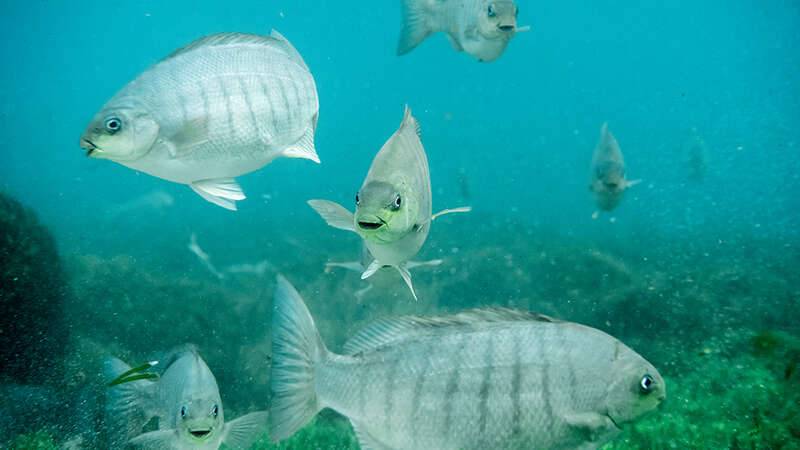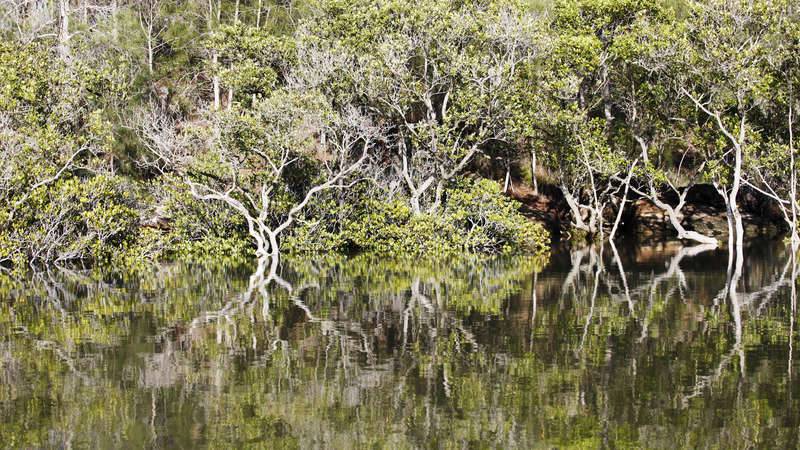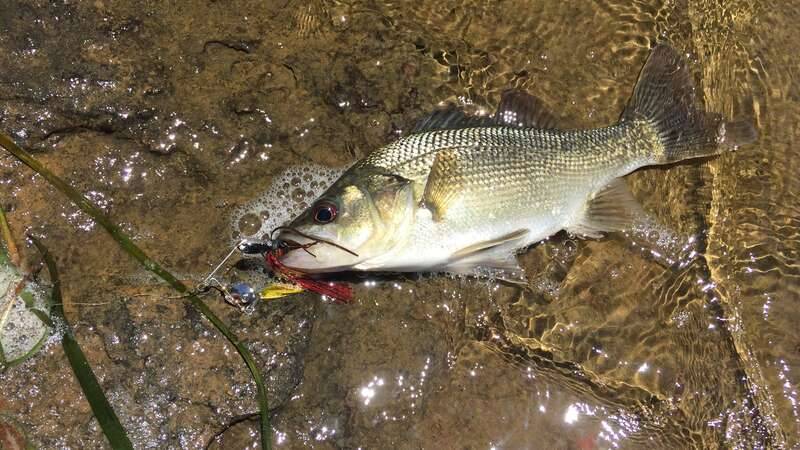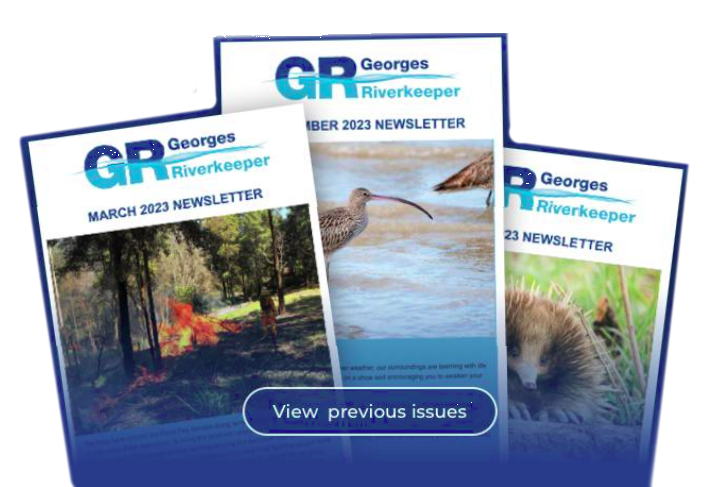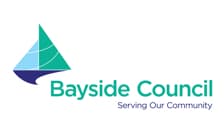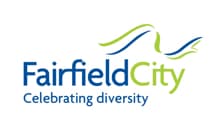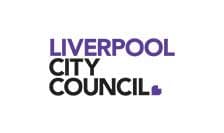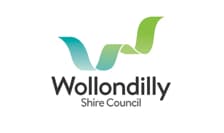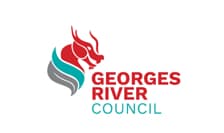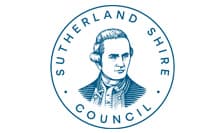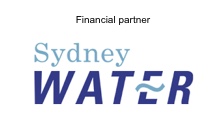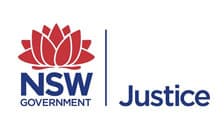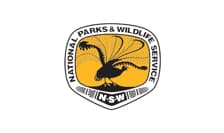Fishing on the Georges River
Fishing is a very popular activity in the Georges River. In fact, the Georges River has some of the best estuary fishing in the Sydney basin. In the upper freshwater reaches of the river, bass and eels are targeted by anglers. But, most fishing occurs in the lower estuarine reaches of the river, where bass, bream, flathead, whiting, tailor, luderick, kingfish, mullet, mulloway and perch may be caught.
Fishing requires a recreational licence. You can apply for one online or buy from a registered agency.
Popular Spots
It is possible for recreational anglers to find many locations along the Georges River for fishing both from the shoreline and from boats. Popular estuarine fishing locations include the bridges (Captain Cook Bridge, Tom Uglys Bridge, Como Bridge, Milperra A34 Bridge), Dolls Point, Kogarah Bay, Wooloware Bay, Gwawley Bay, Bald Face Point, Woronora River, Oatley Bay, the Moon Bays around Lugarno, mouth of Salt Pan Creek, Georges River National Park, Mill Creek, Lambeth Reserve and Williams Creek. In the freshwater section of the river, Australian bass can be caught between Liverpool Weir and ‘The Basin’ in Kentlyn. Simmos Beach along the Georges River in Campbelltown is a great spot to launch a kayak or try fishing from the shore.
Fish Habitats
Important natural habitats for fish in the Georges River and tributaries include deep pools, large logs, mangroves (pictured below), seagrasses and saltmarsh. Saltmarsh is a very important source of food supporting recreationally important fish.
Regulations
Recreational fishing regulations support sustainable fishing that allows growth and breeding to conserve fish stocks and aquatic habitats. Such regulations include size limits, bag limits, restrictions on using some types of gear (e.g. nets) and prohibition of selling recreationally caught fish.
Did you know?
- Australian bass have an annual fishing closure during their spawning time (May – September).
- Dusky flathead over 70cm must be returned to the river.
- It takes 5 years for a yellowfin bream to reach maturity.
Restricted Areas
Fishing is restricted within the Towra Point Aquatic Reserve. This area includes a sanctuary zone and a refuge zone and is a source of fish, where they can breed, live and seek protection from various predators. Within the sanctuary zone, recreational fishing and collection of invertebrates and marine vegetation (whether alive or dead) is prohibited. Within the refuge zone it is possible to catch fish by line and hook and use recreational nets, but not collect invertebrates or marine vegetation.
There are also fishing closures at: Kogarah Bay for bivalves and whelk; Wooloware Bay for shellfish; and, Gwawley Bay and Woronora River for netting any fish. Oysters can not be taken from anywhere in Georges River or Botany Bay, except in accordance with NSW Shellfish Program under Food Regulation 2004 (see Department of Primary Industries for more information about closures).
-
View map legend
- No fishing – all methods including bait digging
- No traps and no eating fish
- No nets or traps. Line fishing with hand held line only and the landing net.
- No nets, except for the landing net
- No bait digging with spade or fork
- No taking bivalve molluscs (eg pipis and cockles) and whelks
- No collecting shellfish
- Opera House nets banned
- Recreational oyster gathering prohibited
- The refuge zone - fishing by hook line and with recreational nets permitted. All other fishing methods are prohibited including bait digging and using traps.
- The santuary zone – is for observation only. Fishing by any method is prohibited. All fishing gear on these waters is prohibited
- Picnic area
- Parking area
- Public toilet
-
How to use this map
- Click + or – buttons to zoom in and out.
- Click and drag your mouse to move around the map to find the geographic area you’re interested in.
- Click on the layer icon (it looks like a hamburger or a stack of black squares) to view and turn on and off layers.
- View a larger version of this map
This map may contain information from and links to content or websites operated by third parties. These links are provided for convenience only and are not controlled, endorsed by, sponsored or approved by us. Use of this map is undertaken at your own risk and we will not be liable to you, or any third party for information provided in these maps. Please check the links provided and local conditions before commencing any activities specified.
Please note!
It is not recommended to eat fish caught upstream of Rabaul Road Boat Ramp at Georges Hall or above Henry Lawson Drive on Salt Pan Creek, and there are recommended safe weekly intakes of fish caught downstream of Rabaul Road Boat Ramp.
Trap nets such as Opera House nets are banned across the Georges River catchment as Platypus (in the fresh water reaches of the river) can be killed through the use of these nets.
Be a Responsible Angler
- Observe size and bag limits, plus any other rules and restrictions in the area where you are fishing.
- Even with bag limits in place, it is also a good idea to take only what you can immediately use, particularly for less abundant or slower growing species of fish.
- Take home all rubbish, including fishing line, hooks and bait bags.
- Avoid causing damage to seagrass, saltmarsh and mangrove habitats. Stick to deeper water and channels to avoid damaging seagrass through boat propeller strikes. Anglers should avoid anchoring in seagrass beds and use environmentally friendly moorings when storing boats on the river long term.
- Pay necessary NSW Recreational Fishing Fees, which are used to improve resources and information for recreational fishing.
- Do not take any unnecessary risks whilst fishing, e.g. don’t enter water to retrieve snagged gear or someone else that has fallen into the water, stay alert to changes in weather, inform others of your fishing plans.
- Report illegal fishing activity to Fishers Watch Phoneline on 1800 043 536.
- Share sightings of unusual animals or plants at your favourite fishing location on Redmap.
- Avoid animals that can cause injury, such as sharks, stingrays, blue-ringed octopus and bluebottles.
Please dispose of all waste responsibly. Ensure all hooks and lines are taken home with you and will not become a danger to humans or our native fauna, particularly water birds. Ensure loose plastic bags, such as bait bags, don’t end up floating in our waterways causing damage to marine life and water quality.

Catch and Release Fishing
Whether you are going fishing just for fun and don’t intend on keeping your catch or releasing undersized and oversized fish, there are a number of things anglers can do to ensure that released fish have the best chance of survival once they are back in the river.
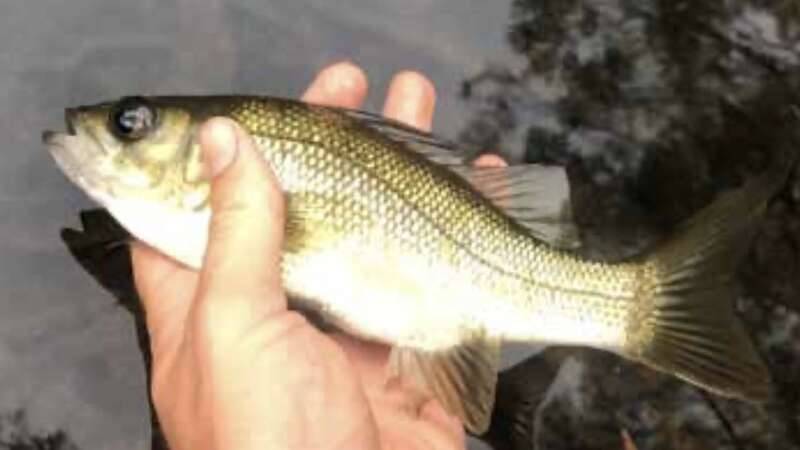
Using the Right Equipment
-
When bait fishing, smaller hooks are more likely to be swallowed by fish. Consider using circle hooks as they are less prone to being swallowed.
-
If a fish does happen to swallow a hook and is intended for release, it is best to cut the line as close to the hook as possible before returning the fish to the water.
-
Using non stainless steel hooks will allow them to rust away if a line snaps or the hook cannot be retrieved.
-
Lures are another great way to target fish and are less likely to be swallowed.
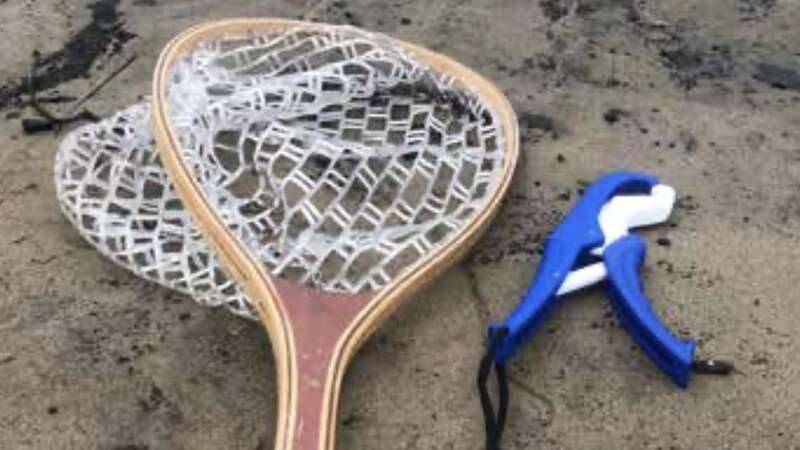
Fish Handling Techniques
Being lifted out of the water after being captured is stressful on fish. Unhooking, measuring and capturing a quick photo shouldn’t take long.
-
Wetting hands before touching fish and using a silicon or other environmentally friendly landing net (pictured) will help to preserve the slimy layer that protects the fish. Lifting fish out of the water by fishing line alone may cause damage to the fish’s jaw, particularly if it is a larger fish. It is far better to use a net to support the weight of the fish.
-
Additionally try not to place the fish on a dry surface such as the deck of a boat or dry sand as this may damage the fish’s protective layer.
-
It is best if fish are returned to the water as soon as possible after being caught. If it is taking longer to unhook the fish, they can always be returned to the water in a net or held with ‘lip grippers’ (pictured) to allow them to recuperate before finishing the release process.
Dietary Advice
Warnings are in place owing to concentrated industrial pollutants: FISH AND SHELLFISH SHOULD NOT BE EATEN if caught in Georges River and its tributaries upstream from Rabaul boat ramp at Georges Hall, including Prospect Creek, Cabramatta Creek and Chipping Norton Lakes. The same warning applies for Salt Pan Creek and its tributaries, upstream of Henry Lawson Drive at Padstow.
If you regularly catch fish in Botany Bay and the lower Georges River, there is new advice on how much of each fish type you can eat. Low levels of PFAS (per- and poly-fluoroalkyl substances) have been identified in fish of the Botany Bay area, likely related to past use of fire fighting foam in the area. The Department of Primary Industries advises people who frequently fish in this area to limit the number of servings of individual species. For details see: PFAS response (nsw.gov.au)
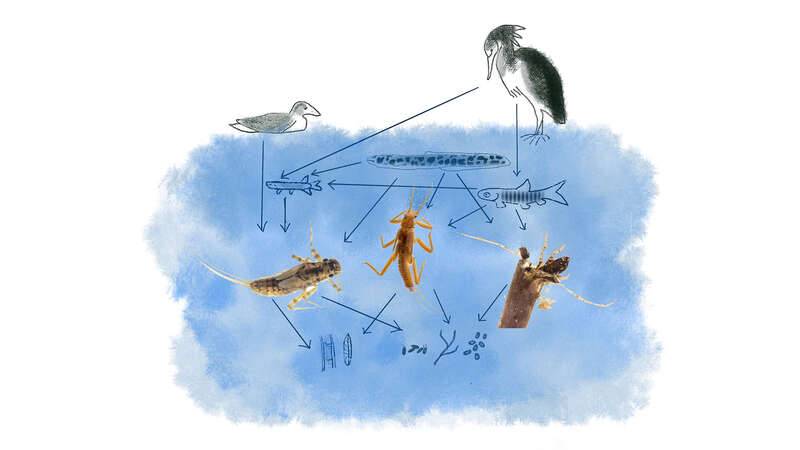
Water Quality
Good water quality benefits the fishery and the whole river ecosystem. Water bugs are a good indicator of water quality and an important food source for fish as the food web image shows (above).
Anglers can assist in maintaining good water quality in the river by:
-
Avoiding stirring up silt and mud while boating.
-
Disposing of rubbish correctly. Reporting pollution incidents to the EPA, call 131 555.
-
Washing cars and boats on the grass to prevent detergents entering the urban stormwater system and the river.
-
Joining a local Bushcare group focused on restoring riparian (riverside) vegetation.
Did you know?
There was commercial fishing in Botany Bay from 1790 until 2002, after which it became a Recreational Fishing Haven.
Even though commercial fishing stopped in the Georges River, it’s important that recreational anglers do their part to maintain fish numbers. It’s in every anglers interest to help sustain the Georges River as a great spot to go fishing.
This factsheet was produced as part of Georges Riverkeepers Prospect Creek Balloon Vine Blitz Project supported by the NSW DPI Fisheries’ Recreational Fishing Trust’s “Habitat Action Grant Program”.

